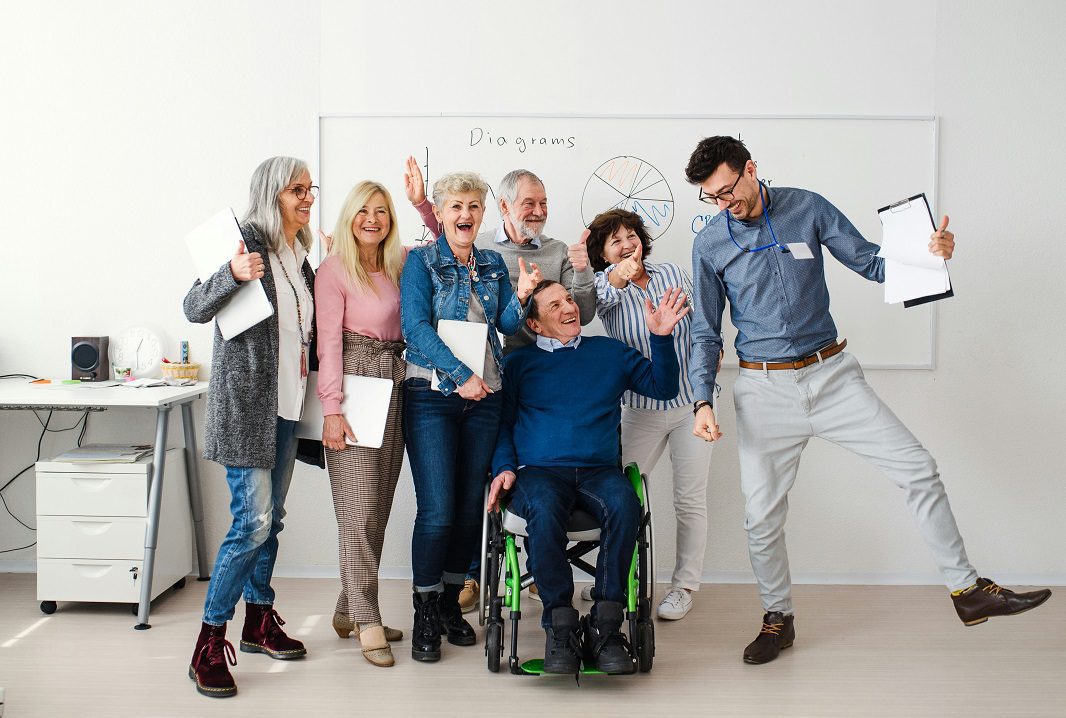by Daniel Williams, Founding Director, Visualise Training and Consultancy
It’s true that doctors—and society in general—can lean too heavily on the medical model of disability. The medical model focuses on the impairment itself, viewing disability as something to be “fixed” or as a barrier that limits participation. For example, if someone is blind, the assumption might be: “You can’t work because of your vision loss.” This leads to people being signed off work without exploring alternative solutions.
In contrast, the social model of disability recognises that barriers are created by the environment, attitudes, and lack of support—not by the disability itself. With appropriate workplace adjustments and support, individuals with disabilities can thrive in their roles.
Why Is the Social Model Crucial in the Workplace?
The social model reframes the conversation: instead of asking, “What can’t you do because of your condition?” the focus shifts to “What barriers are in place, and how can we remove them so you can perform your role successfully?”
Examples include:
- Implementing assistive technology like screen readers or magnifiers.
- Providing reasonable adjustments such as flexible working hours or adapted equipment.
- Ensuring a supportive workplace culture where assumptions are challenged, and capabilities are prioritised.
The Role of Doctors
Doctors play a vital role in empowering individuals with disabilities, but they must take a holistic approach. Instead of viewing a disability as an automatic barrier to work, they should consider the existing support systems and workplace adjustments. For instance:
- Referring individuals to organisations specialising in helping employers and employees navigate workplace challenges.
- Encouraging conversations about solutions rather than defaulting to “signing off” as the only option.
- Highlighting the mental health benefits of meaningful work, independence, and inclusion.
Moving Forward
By shifting from the medical to the social model, we create an environment where people with disabilities are recognised for their potential and provided with the tools to succeed. It’s about seeing ability, removing barriers, and ensuring everyone has the opportunity to contribute meaningfully to the workplace.
About the author
Daniel Williams established Visualise Training and Consultancy in 2014 to share his experience and expertise with businesses and organisations to ensure they support their employees with disabilities while meeting their legal obligations under The Employment Equality Act 1998 – 2015.
Visualise Training and Consultancy promotes and enables inclusion, accessibility and equality for people living with visual impairment, hearing loss and other forms of disability.








